The DJI Osmo Action is a rugged 4K action camera designed with vloggers in mind. The front-facing screen makes it unique among action cameras, and it stands up well against the competition.
I've spent the past several weeks using the Osmo Action, using it to shoot outdoor summer activities like diving and boat canoeing. This review will cover what I love about the device and its downsides, but I recommend you first check out the video above. Words can only do an action camera so much justice.
Also, let me preface this review by pointing out that I'm not a GoPro user and I don't often use action cameras. I'm a filmmaker who primarily relies on mirrorless cameras for shooting documentaries and travel videos. I'm also a street photographer and occasionally still rely on film.
So keep in mind this Osmo Action review is the perspective of an action camera novice.
We've also created a special version of our review in 4K at 60 frames per second, which you can watch on YouTube.
Click here to buy the Osmo Action
Let's be honest here: The appearance of the Osmo Action is strikingly similar to GoPro cameras. But when you take a closer look, the Osmo Action does have some thoughtful design details with specific use cases in mind. (Yes, vlogging. You'll notice there's a theme here.)
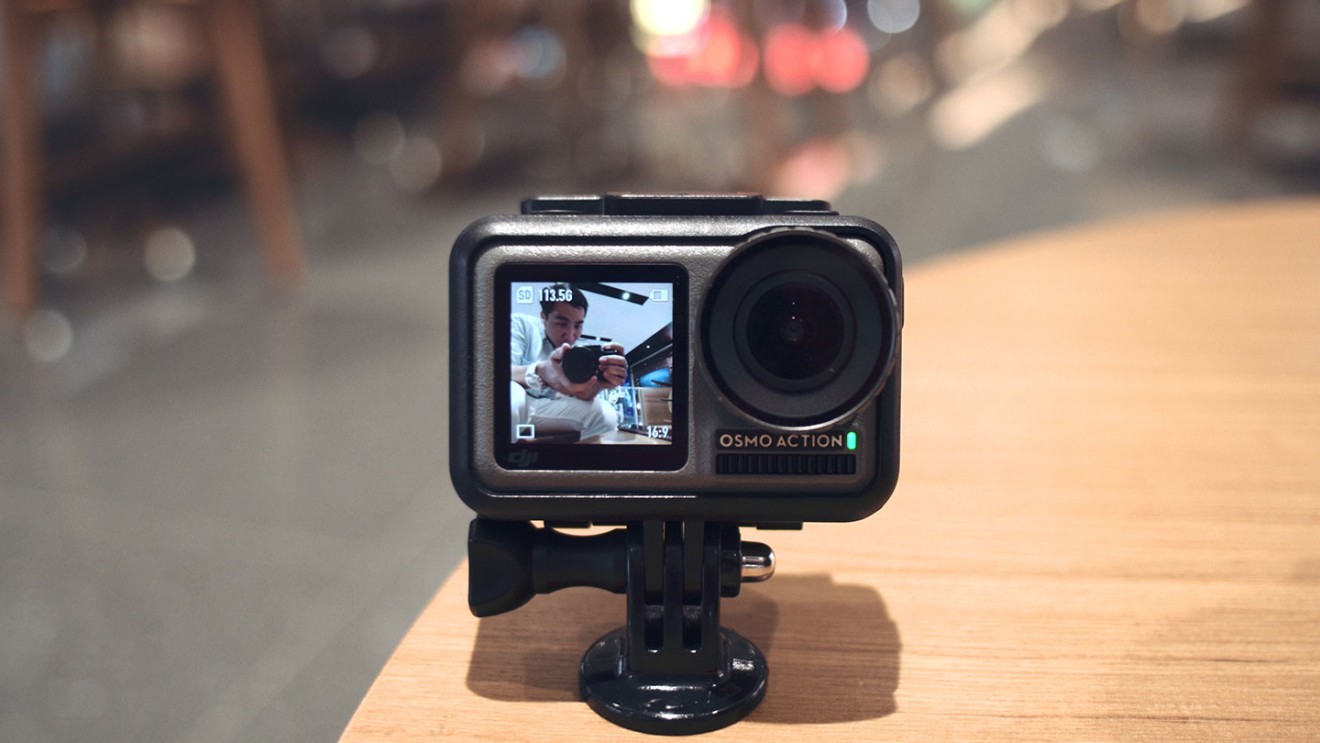
This action camera is the only one on the market with a front-facing selfie screen. It's a feature I came to really appreciate.
The front-facing screen has a 1.4-inch, 300 ppi, full-color LCD display. Throughout my time with the Osmo Action, I wound up using this screen a lot for shooting photos and videos of myself.
Since it's a square display, there's a display setting in the menu that allows you to choose letterboxing so you can see the full image if of a 16:9 video in the frame. If you choose to have the video fill the screen, it crops some of the image off the sides.
Either way, having this screen available makes the Osmo Action a powerful tool for people who might not otherwise rely on an action camera for shooting themselves.
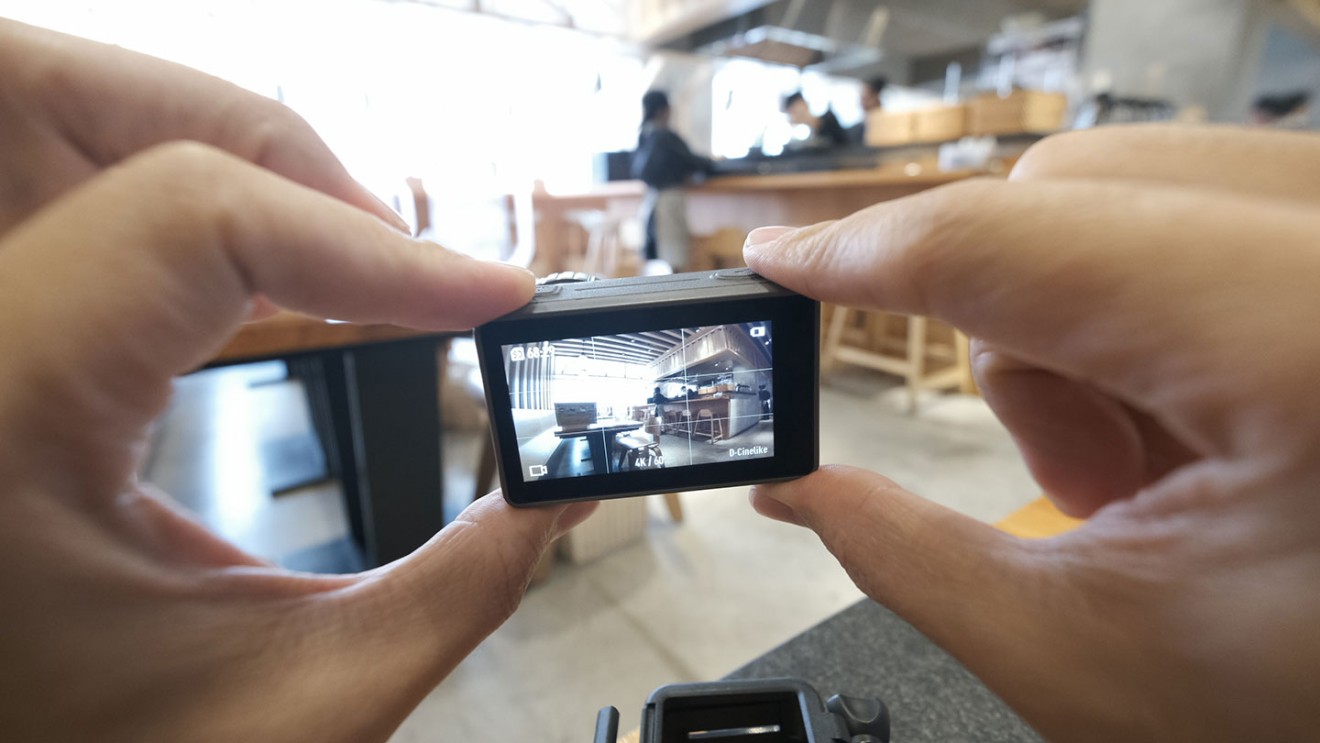
The Osmo Action's build quality also feels solid and sturdy. The body's material doesn't feel like cheap plastic, with a feel that's similar to the Mavic 2 Pro.
To test the durability, I dropped the device twice from about 3 feet (pocket height) onto a hard surface. It survived. It had a few scratches on the touch screen, but no cracks. DJI says the Osmo Action is shockproof and has been tested to survive drops from up to 5 feet.
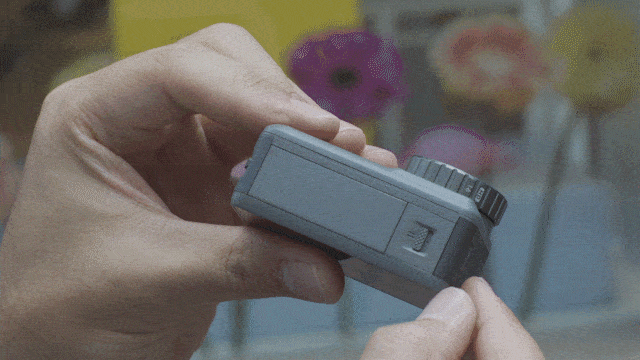
DJI also has a thoughtful design for the removable battery. The battery is accessed from the bottom, where it has two internal clasps holding it in place. The double latches might add some hassle for getting the battery out, but it inspires more confidence that the compartment won't pop open when your action camera starts getting banged around amid all the action you're doing.
Another nice touch from DJI is the fisheye lens, which captures a 145-degree field of vision with f/2.8 fixed aperture. It has a lens cover that can be screwed off to attach other filters.
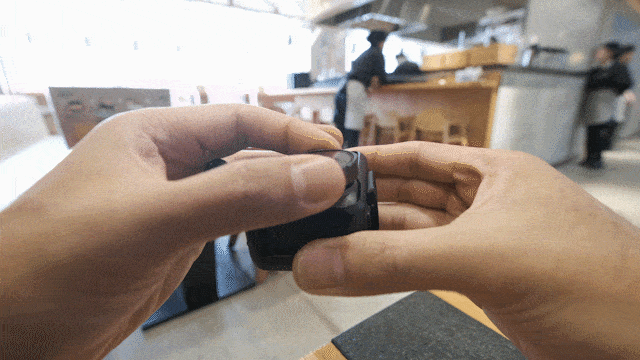
The Osmo Action keeps things simple with only three physical buttons. Both the power button and the record/shutter button are placed on the top. On the right side there's a "Quick Switch" (QS) button that is well positioned for both left- and right-handed users.
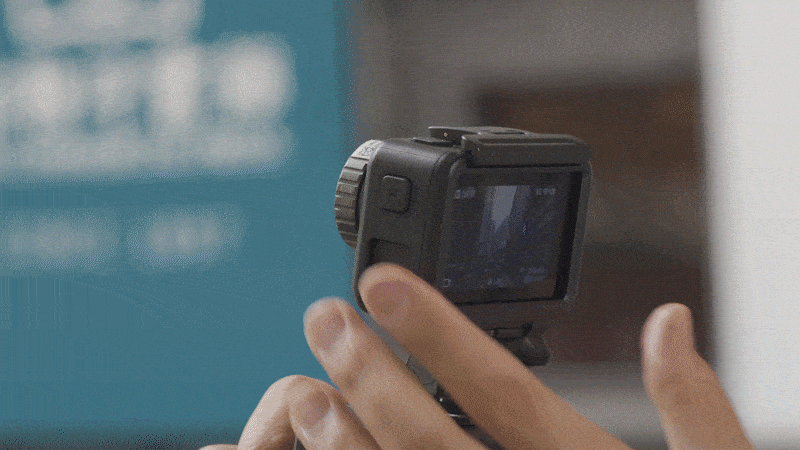
The QS button is very practical, offering two different functions.
First, it can be used for switching between different shooting modes. This was especially useful for switching between photo and video modes when I was shooting underwater, where the touchscreen was unresponsive. The QS menu is also customizable, so you can choose modes you use most frequently and get rid of the rest.
Second, long pressing the QS button will switching to the selfie screen -- very important for vloggers.
The Osmo Action is incredibly easy to use. For its first action cam, DJI has done a surprisingly good job designing the touchscreen interface.
By tapping and swiping across the rear touchscreen, I can control almost everything I need, including playback, video resolution and frame rates, white balance settings, and even lens distortion.
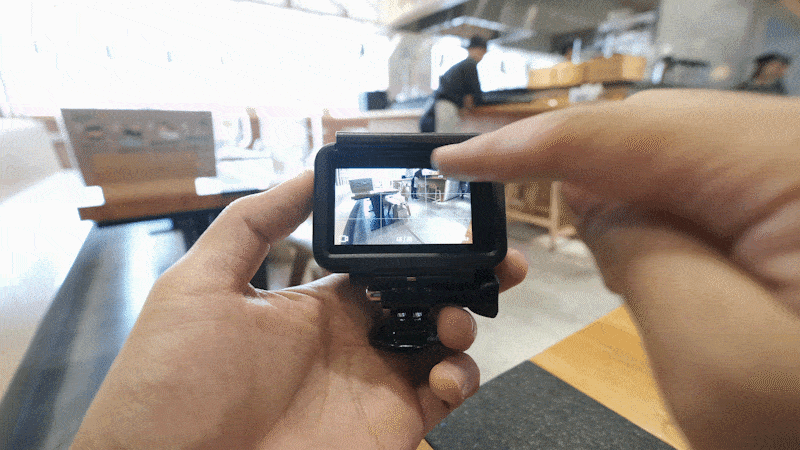
Navigating the menu system is a pure joy, which is something I don't think I've ever said about a camera. Everything is intuitively laid out and there isn't an overwhelming number of options.
For most of the time I was using the Osmo Action, I was shooting in 4K 60fps. The 4K videos look very sharp… maybe a little too sharp for my taste. It looks like DJI has added digital sharpening the image, giving videos an unnatural look. I prefer the softer, more pleasing look that I can get on mirrorless cameras by reducing sharpness settings. Sadly, there's no such option on the Osmo Action.

The colors are also great, but I recommend you use the D-Cinelike color profile for the best results. This profile gives the footage a bit more dynamic range and a cinematic color tone. But don't expect the footage to look flat and washed out, as you'll need D-Log for that extra flat film color space, which unfortunately isn't available on the Osmo Action.

The Osmo Action also includes a built-in "De-Warp" feature to fix image distortion in videos and photos from the fisheye lens. If you hate that fisheye look, this will save you the time of fixing your images on your computer later. The De-Warp effect can be turned on while recording, but this will crop the image around the edges.
While shooting longer 4K clips (up to 30 minutes), I fortunately didn't experience any overheating. When I was filming on a bright day in the heat (about 32 degrees Celsius or 90 degrees Fahrenheit), the Osmo Action got a bit warm, but the battery drain remained normal.
But you don't have to always be shooting in 4K. Unlike the Osmo Pocket, the Osmo Action offers a wide range of video resolutions. You can shoot in 2.7K, 1080p and 720p and choose from different aspect ratios. Here are your options:
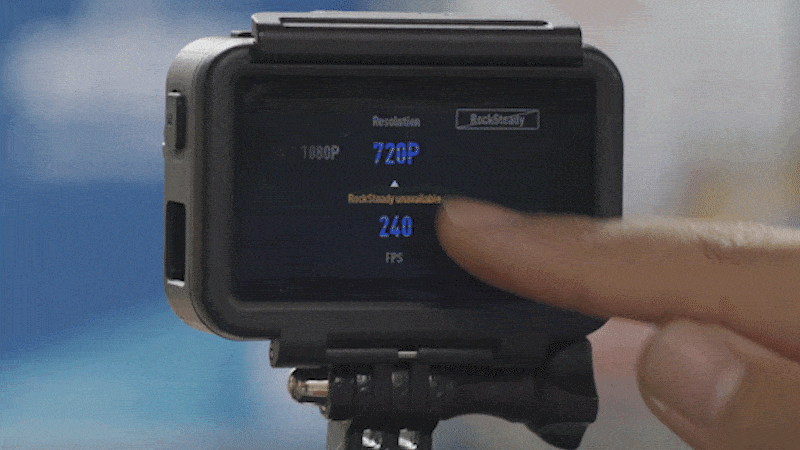
Most of the resolutions (except 720p) support 24, 25 and 30 frames per second. Shooting in 4K or 2.7K also gets you 50fps and 60fps options. The 8x slow motion mode that shoots at 240fps is only available in 1080p and 720p.
The maximum bitrate for Osmo Action videos is 100 Mbps, the same as the Osmo Pocket. This high bitrate is great for quality, but it also makes it easy to eat up all your storage space. I recommend sticking in a microSD card with at least 128GB so you can shoot longer videos.
For advanced video shooters, the Osmo Action offers manual controls in video recording mode. The main advantage here is allowing users to keep the shutter speed in the sweet spot, i.e. twice the frame rate, which will produce the smoothest-looking videos.
I'm so glad to see the Osmo Action nailed the focus in all of the 4K clips I shot over three weeks. Since the Osmo Pocket had autofocus issues, I was worried DJI's new action camera would suffer the same fate. Thankfully, the continuous autofocus works great.
Another great feature on the Osmo Action is shooting 4K HDR video. If you're using an action cam, it seems likely you'll regularly be dealing with bright sunlight and harsh shadows when shooting outdoors. This mode proved especially useful in shooting backlit scenes.


When shooting in such environments, the 4K HDR mode had amazing results, but it wasn't perfect. When shooting scenes with a bright blue sky and white fluffy clouds behind me, 4K HDR offered more details in the shadows, but the colors didn't really pop.
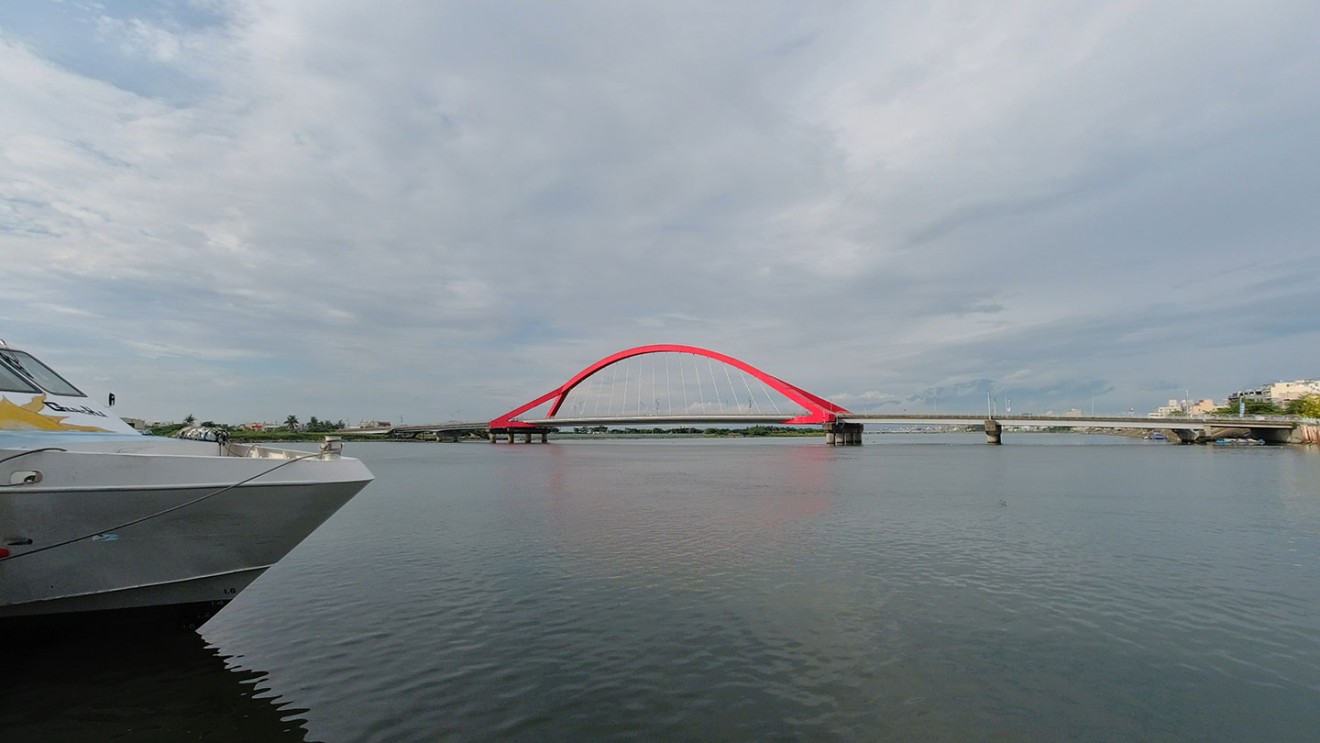
Another downside of the HDR mode is that it only lets you shoot up to 30fps in 4K, 2.7K and 1080p.
Finally, there's no image stabilization (RockSteady) in this mode. This is a really big issue because it makes HDR unsuitable for POV action scenes. The image will just be too shaky. The result is that I wound up using the HDR mode mostly for static shots.
Losing image stabilization in HDR mode is especially painful because the DJI's RockSteady stabilization works very well. It almost looks as good as using a gimbal.
I tried filming with and without Osmo Action's built-in electronic stabilization, and found that it instantly improves the smoothness of my 4K clips.

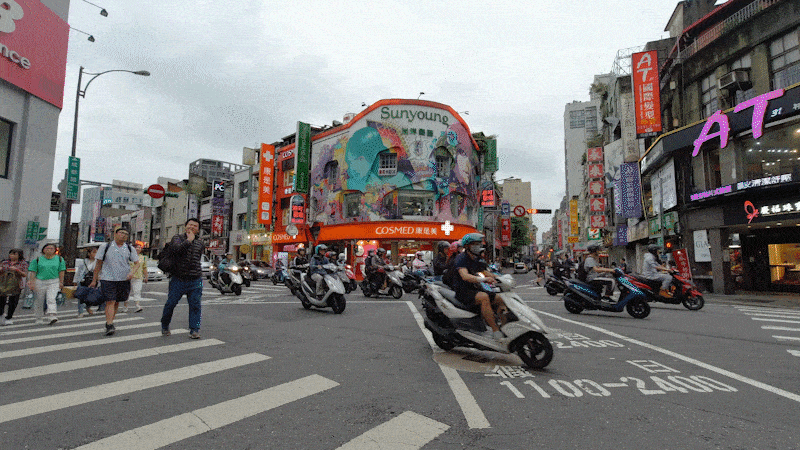
However, RockSteady comes with a tradeoff. Turning the feature on crops the video slightly, giving you a narrower image. It's not a big deal for me, but it's something that will disappoint users who need the full-frame video. If you have De-Warp turned on, that's even more cropping.
When I took the Osmo Action for a dive, I chose to shoot in 4K 60fps with RockSteady on. This made for some very smooth video. The higher frame rate avoids the blurred movement you might see with 30fps or 24fps. RockSteady smooths things out even more.

According to DJI, the Osmo Action is waterproof up to 11m (36ft) without underwater housing. Just to test the camera's limits, I tried to dive beyond 11m, but at 12m, the Osmo Action immediately went black. I tried pressing the power button several times to no avail. Fortunately, once I started ascending, the Osmo Action could be turned back when I was at about 7m (23ft).
As mentioned before, the touch screen doesn't work underwater. That makes it impossible to change frame rates or video resolution, but the QS button at least allowed me to change the shooting mode. I could also get this selfie shot by long pressing the QS button to switch to the front screen.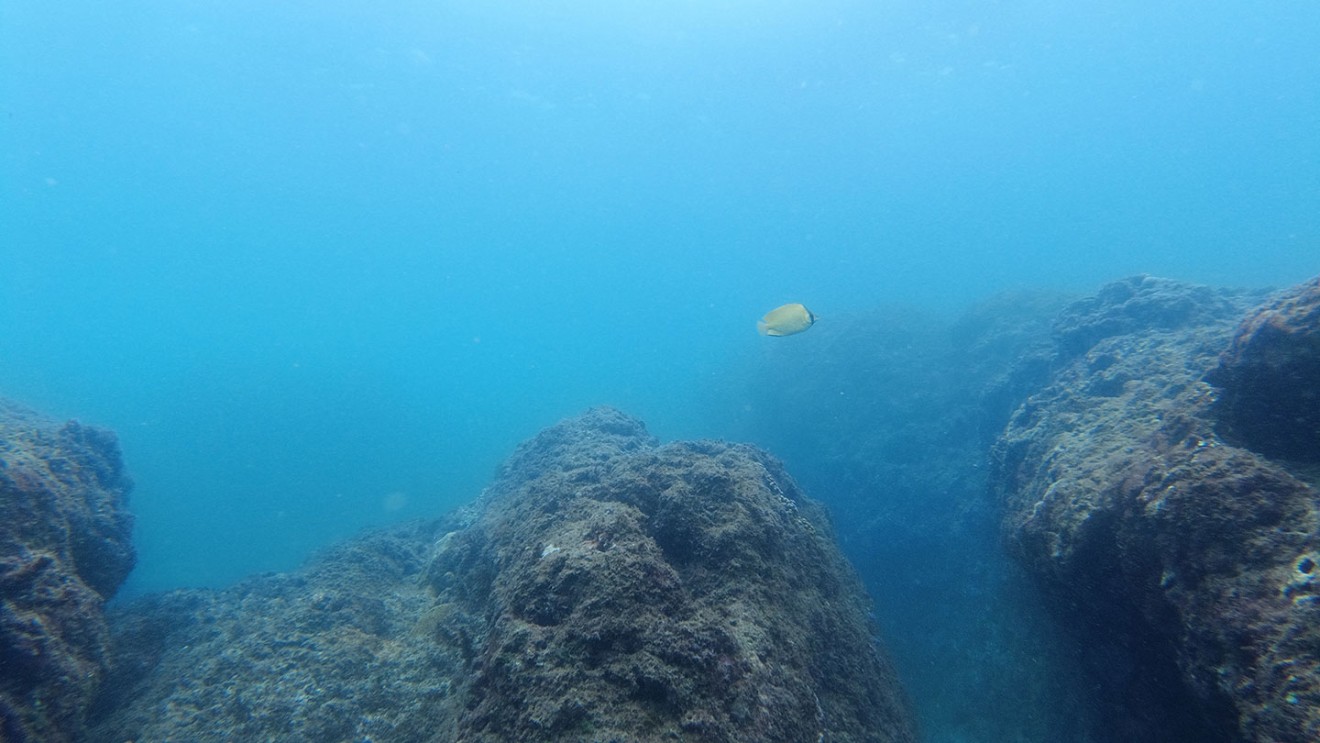
For normal shooting, the rear touch screen is bright and sharp, making it easy to see underwater. Shooting in Auto mode will also automatically set the shutter speed and ISO for correct exposure.
Unfortunately for advanced shooters, the Osmo Action doesn't have a white balance mode tuned for underwater shots. So you either have to set the white balance to auto or adjust the Kelvin value.
The Osmo Action can shoot up to 240fps (8x slow motion) in 1080p and 720p resolution. This turned out to be quite useful when shooting fast action with several interesting things happening at once. Such conditions might make it impossible to capture everything at normal frame rates.
In order to test the slow motion feature, my colleague and I took the Osmo Action out canoeing. The results were great! Rowing looks epic at 8x slow motion.
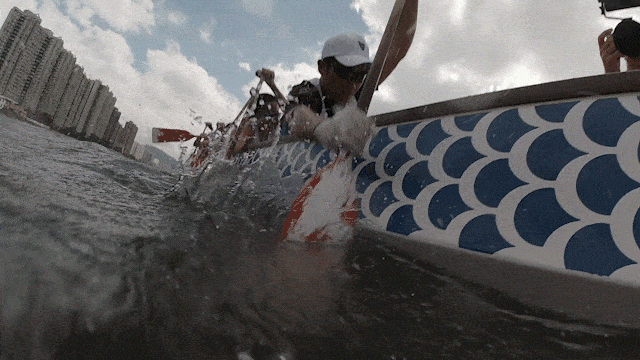
The downside to slow motion is that you lose some image quality. The footage will look a bit grainy and lacking in detail, but it's definitely usable for sharing on social media.
Pro tip: Shoot in 4K 60fps and edit the footage in a 24fps timeline on Adobe Premiere Pro or Final Cut Pro. This will get you a slow and cinematic look in 4K without losing image quality.
As you know by now, the Osmo Action is great for vlogging. In fact, if you want to shoot yourself with an action camera, this is the only one that makes it easy with a front-facing screen. This makes it easy to frame a shot and check the camera settings.
The camera's ultra wide-angle lens is also useful for this as it captures more your surroundings at arm's length. If you turn on the De-Warp effect you'll also get rid of that fisheye look.
Since the camera is small and lightweight, it's also easier to hold for longer periods of time than a smartphone or other camera. And with the great RockSteady stabilization turned on, vlogging clips won't look shaky at all.
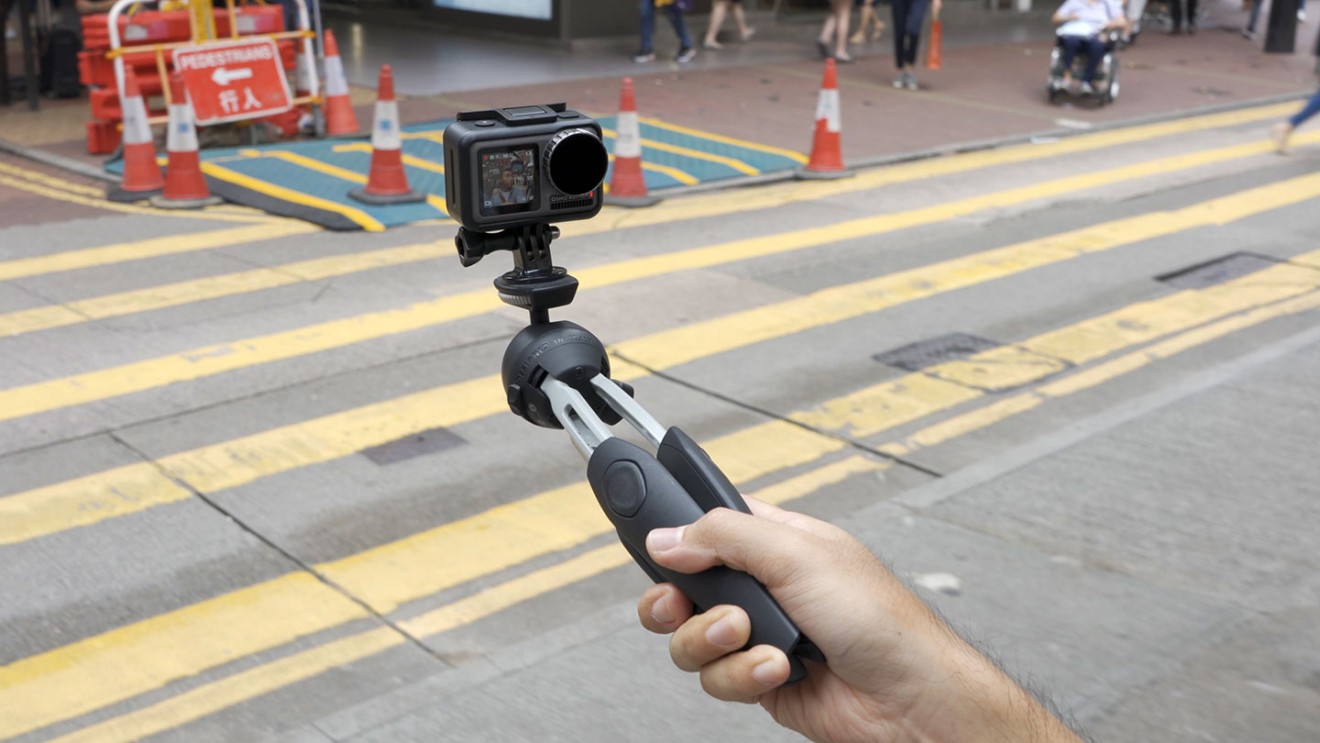
If you need great audio in your vlogging videos, though, you might not want to rely on the built-in mic. If you want to use an external mic, you'll have to get a USB-C-to-3.5mm adapter.
DJI hasn't made this process easy, either. I tried to use the Osmo Pocket's 3.5mm adapter on the Osmo Action for external mic support, but it wouldn't work. There's no obvious reason why this is the case, but DJI is apparently planning to release a different adapter for the Osmo Action.
Fortunately, the internal mic on the Osmo Action sounds good most of the time. It should pick up your voice well enough as long as you are talking at arm's length. The mic sounds cleaner and picks up much less noise than the one on the Pocket. So it's definitely usable for casual vlogging.
More serious, professional vloggers might want to wait for DJI to release the mic adapter, though.
The portability of the Osmo Action also makes it convenient to shoot time-lapse videos on the go. And it gives you more control than if you're shooting a time-lapse on, say, your smartphone by allowing you to adjust the shutter speed, ISO and white balance.
The camera also gives you the option to save all the photos used for the time-lapse along with the video. Or you can just export the video in 1080p, 2.7K or 4K.
You could even shoot an all-day time-lapse video on the Osmo Action if you really wanted to. Since it supports USB-C charging, so you can charge and shoot at the same time. And since the camera is waterproof, you can leave it in the rain as it continues to capture shots without worrying about it.
Below is a timelapse I shot on the Osmo Action for a duration of two hours. It was shot with an ND filter attached and set to take a photo every 30 seconds.
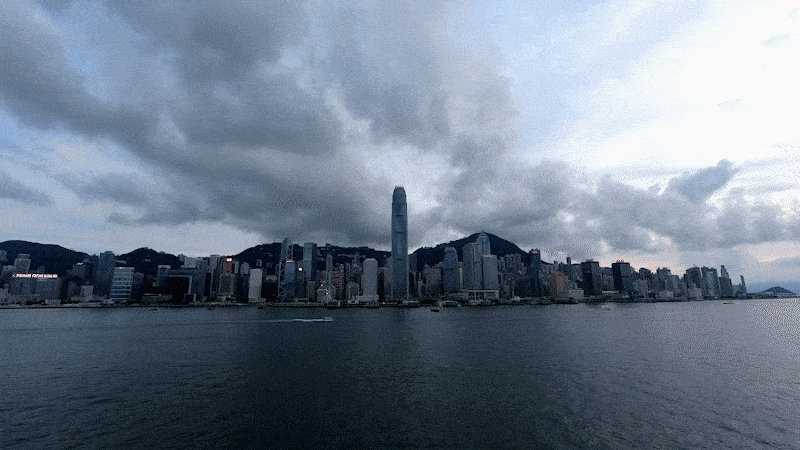
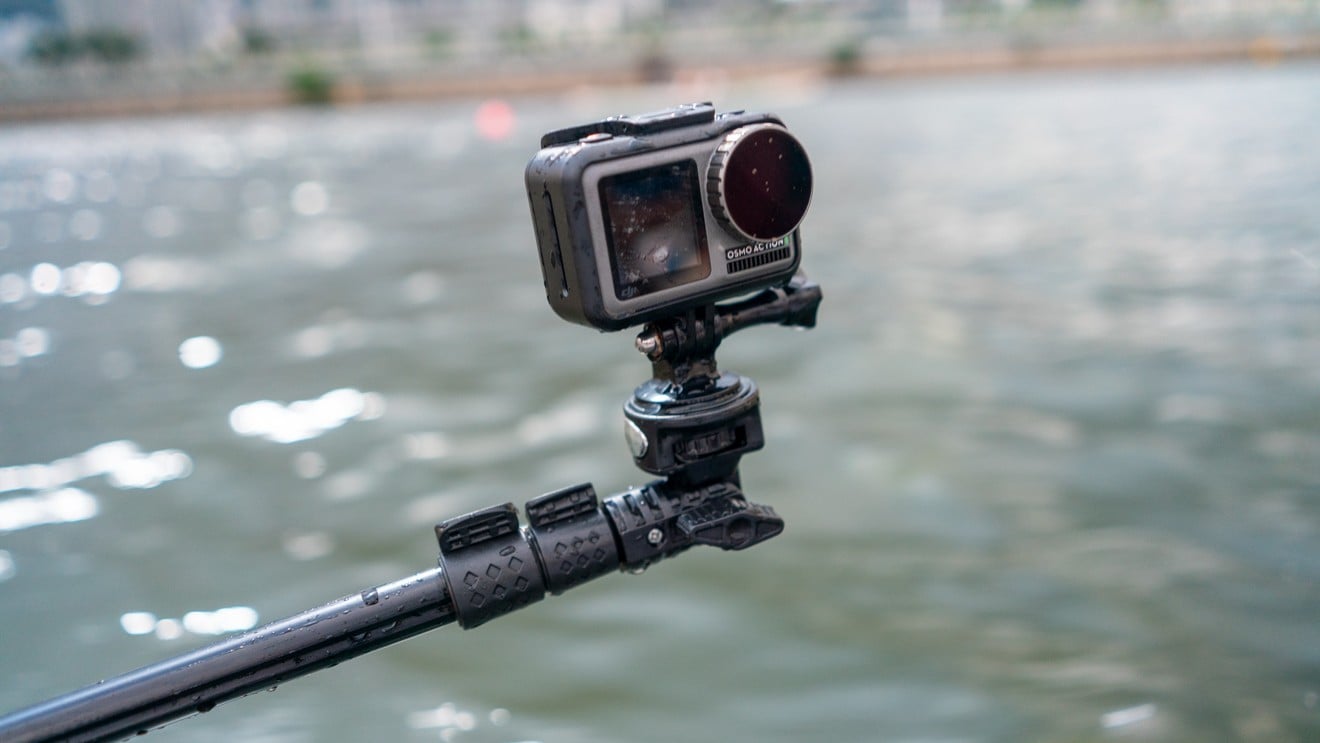
The Osmo Action is a rugged 4K camera that sticks to the DJI ethos of providing good stabilization and at a fair price. After using the Osmo Action for three weeks, I can say it's a really fun camera for casual consumers. The front-facing screen even wound up being more useful than I expected. I wound up using it often for and framing my shots with it was super easy.
The Osmo Action is also on par with GoPro cameras when it comes to waterproofness and the rugged build. So people worried about buying a durable product and rest easy on that count.
The biggest appeal for current GoPro users might be the long battery life and the front-facing screen. Even once the battery is nearly dead, you can plug it into a power bank using USB-C and keep it going for much longer. (Of course you can't do this when you're diving, but it's great for time-lapse videos.)
Just don't rely on this camera for shooting in low light. If that's not a problem for you, it definitely offers good value.
So would I buy one? For my next dive trip, absolutely.
Click here to buy the Osmo Action
For more on China tech visit abacusnews.com or subscribe to our newsletter via abacusnews.com/newsletter for the latest China tech news, reviews and product launches.
Copyright (c) 2019. South China Morning Post Publishers Ltd. All rights reserved.







